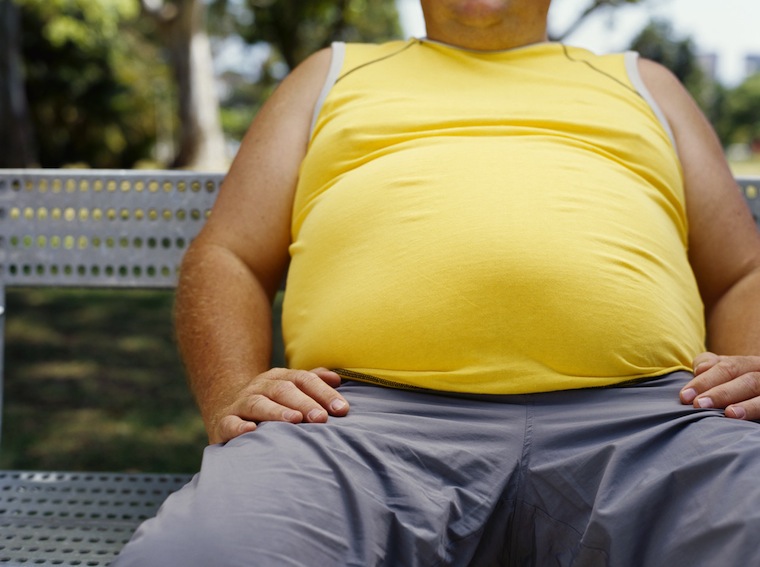Lifetime Physical Activity & Health
One in eight preschoolers are obese. Approximately seventeen percent of kids aged 2-19 are obese according to the CDC. The amount of physical activity in our nation is in a state of decline, not just in our school, but in our nation as a whole. Yes, obesity is on the rise, and one of the main causes of this is an increase in the availability of cheap unhealthy food; but another factor is the decrease in exercise. Exercise is seen as a luxury to many people, something that only the lucky few have time for, when in reality its something that you need to make time for in your life. You won’t find the time for it until you make exercise a priority and make time for it. We are all given 24 hours in a day, it’s up to you to choose how you use them.
According to a press release issued by the CDC on May 2nd, 2013, “About 20 percent of U.S. adults are meeting both the aerobic and muscle strengthening components of the federal government’s physical activity recommendations, according to a report published in today’s Morbidity and Mortality Weekly Report, a journal of the Centers for Disease Control and Prevention.” I think these are disturbing numbers; the fact that only one in five people meet the federal government’s recommendations for physical activity is a depressing figure, considering that the federal government doesn’t even have very hard guidelines to meet.
What makes these numbers even more upsetting is the impact being physically fit has on your future. As a society, we like to sweep it under the rug, but everyone knows that you get better treatment when you look better; and a huge part of that is the shape you’re in. I always feel terrible when I see overweight little kids because I know that they will go through hell growing up.
According to a study called; Sex Differences in the Association of Youth Body Mass Index to Adult Health-related Quality of Life: The Physical Activity Longitudinal Study. “Health-related quality of life (HRQL) refers to perceived physical and mental health over time. 3 Research examining the links between obesity and HRQL in healthy general population samples has only recently begun to evolve. In adults, obesity is often associated with significant impairments in HRQL, with greater impairments associated with greater degrees of obesity, and weight loss leading to improved HRQL.4 Yet, some studies have shown a positive association between mental HRQL and weight status.5-7 More limited research exists linking youth obesity to poorer youth HRQL, including effects on self-reported health, self-esteem, and physical and social health and functioning.” Whatever study you look at, you will consistently find what everyone knows, you will be happier, more successful and less likely to be sick or injured if you’re physically active and healthy.
So what can we do about this? Fantastic steps have been made in the last two years by government and other agencies which have resulted in a couple percent decrease in obesity in the nations youngest, children aged 2-5. These steps, however, are not enough. People need to make changes on an individual level. Combine making positive changes for yourself with helping out one or two friends, and the ripples will spread.
Interested in making some positive changes but don’t know where to start? Come in for a free session and we will get you started down the path to health and wellness! Click on the contact us form and fill it out.
Bibliography
CDC. CDC, (2013). One in five adults meet overall physical activity guidelines. Retrieved from Center for disease control website: http://www.cdc.gov/media/releases/2013/p0502-physical-activity.html
Herman, K. M., PhD., Hopman, W. M., M.A., & Craig, C. L., M.Sc. (2011). Sex differences in the association of youth body mass index to adult health-related quality of life: The physical activity longitudinal study. Canadian Journal of Public Health, 102(1), 42-6. Retrieved from http://search.proquest.com/docview/864890289?accountid=8134



